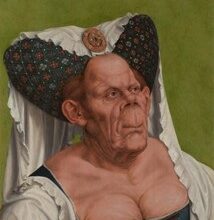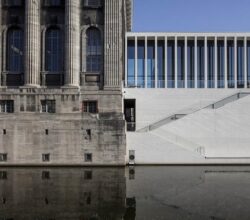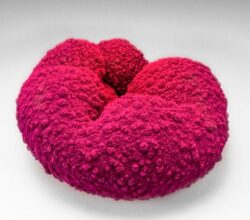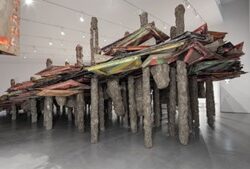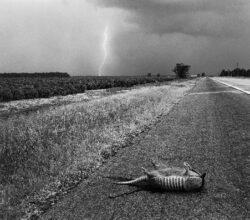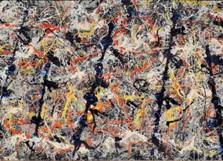
Posed Riddles
Max Norman | The Drift | 28th February 2023
We can’t seem to leave Diane Arbus alone. Since her death in 1971, much has been written about her ambiguous photography. Susan Sontag complicated things by accusing Arbus of exploiting the subjects she drew from society’s margins. Arbus supporters have been fighting this charge ever since. “[We will never fully] disentangle seeing from staring. There is no way of looking that isn’t, in some way, ghoulish. But turning away from that ambivalence would be ghoulish, too.”

